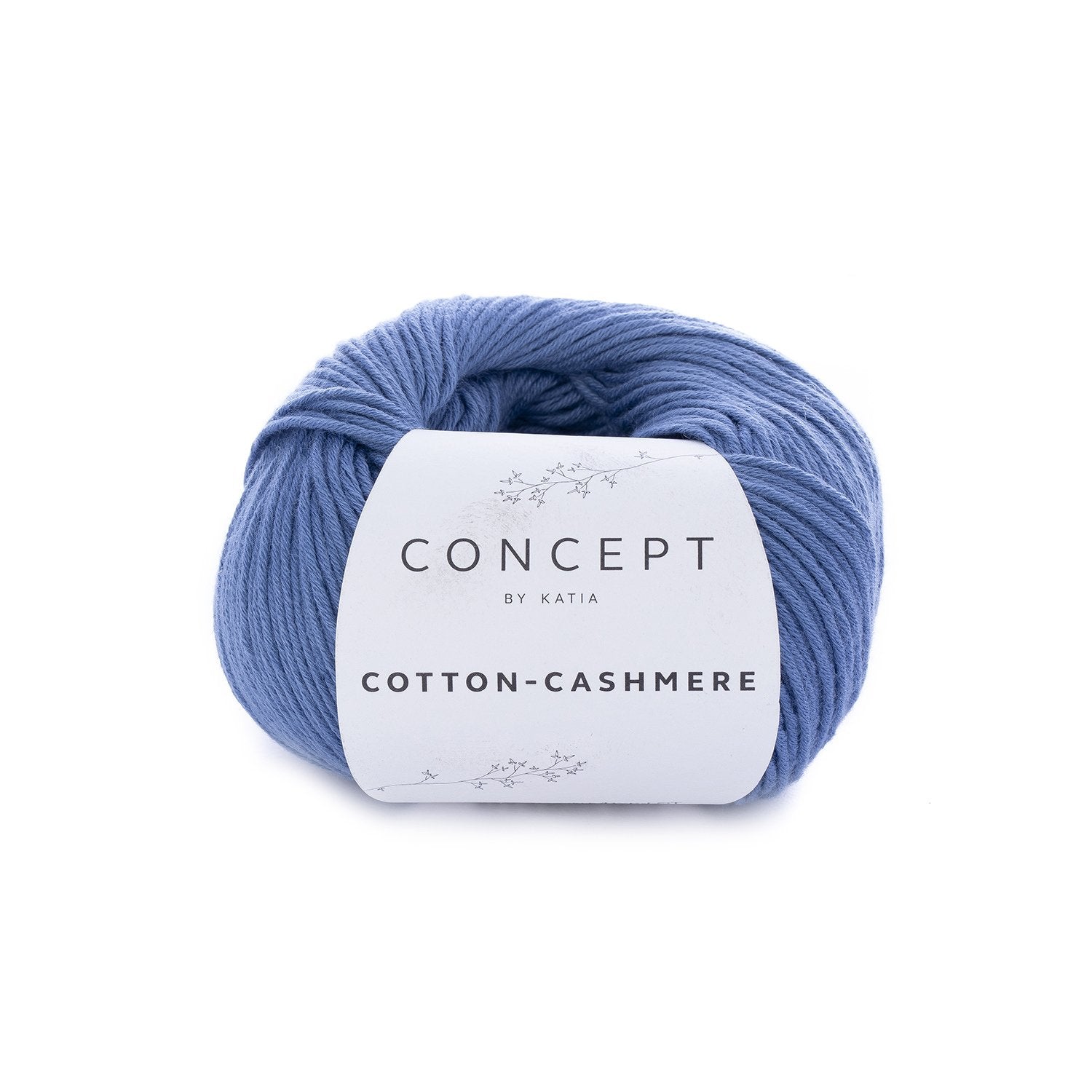Unveiling the Secrets of cashmere and Its Timeless Appeal in Fashion
Unveiling the Secrets of cashmere and Its Timeless Appeal in Fashion
Blog Article
Checking Out the Various Sorts Of Cashmere a Natural Fiber for Ultimate Deluxe
Cashmere, a natural fiber, is commonly linked with deluxe and comfort. Nevertheless, not all cashmere is created equal. From the richly soft Mongolian selection to the light-weight warmth of Indian Pashmina, each kind offers its own unique functions and attraction. The a lot more budget-friendly Chinese cashmere, the typical Scottish variation, and the high-end Italian mix, all inform a different story of this remarkable fiber. As we unravel the world of cashmere, a deeper understanding of its real value and class starts to arise.
Understanding the Glamorous Nature of Cashmere
Cashmere, commonly connected with luxury and comfort, holds a special appeal in the globe of natural fibers. Unlike other natural fibers, cashmere combines insulation with breathability, using unrivaled convenience across varying temperatures. Its glossy coating and soft structure add to its high-end charm, warranting the premium rate that often comes with cashmere garments.
Just What Is Cashmere and Where Does It Originate from?

Provided these remarkable top qualities, one could wonder concerning the beginning and makeup of this elegant fiber. Cashmere is stemmed from the soft undercoat of cashmere goats, primarily located in Mongolia, China, Iran, and Afghanistan - is cashmere a natural fiber. These goats are adapted to severe weather problems, generating an incredibly fine, soft underfur as a defense versus the bitter cold. This underfur, or undercoat, is what is collected for cashmere. Each spring, when the goats naturally dropped their winter coat, farmers brush out the fine underhair, leaving the coarser hair behind. This careful procedure contributes to the scarcity and high price of cashmere. With its beginning in the harsh landscapes of Asia, cashmere is a testimony to nature's capacity to create deluxe from misfortune.
Translating the Different Kinds Of Cashmere
Understanding the various kinds of cashmere is key to appreciating the high quality and one-of-a-kind characteristics of this glamorous textile. Normally, cashmere is classified into three types: raw, virgin, and recycled. Deciphering these types is the first action in comprehending the exclusivity and value of cashmere.

The Unique Features of Each Kind Of Cashmere
Having actually checked out the various classifications of cashmere, it emerges that each type flaunts its one-of-a-kind set of attributes. Mongolian cashmere, as an example, is renowned for its superior high quality, due to Mongolia's severe winters months that produce longer and finer fibers. Conversely, Chinese cashmere is why not try these out frequently much more cost effective, though its shorter fibers can decrease toughness. Scottish cashmere is commemorated for its splendid softness, a result of the typical water cleaning procedure making use of Scotland's soft water. Italian cashmere, at the same time, is popular for its skillful blending and tinting strategies, providing it dynamic and versatile. Indian cashmere, also known as Pashmina, is treasured for its unbelievable agility and heat. Each kind, hence, adds to the material's track record for luxury.
Why Cashmere Is the Epitome of High-end in vogue
Cashmere holds an esteemed placement in the world of fashion, related to as an icon of high-end and sophistication (is cashmere a natural fiber). Cashmere is derived from the fine undercoat of Himalayan goats, recognized for their exceptional high quality fiber. Cashmere's unequaled convenience and sturdiness make it a popular product in the development of high-end garments.
The Process of Making Cashmere: From Goat to Garment
The trip of cashmere, from being an undercoat of a Himalayan goat to a luxurious garment, is a complex one. With the arrival of spring, farmers in Mongolia and China gather the woollen by brushing the goats, ensuring no injury is done. The gotten woollen contains coarse external hair and soft downy undercoat. This blend is then painstakingly divided, with only the soft down utilized for cashmere. This raw cashmere is cleaned, colored and rotated into yarn. The thread is then woven or knitted into textiles. The final action includes washing and pushing to provide the textile its characteristic gentleness and heat. From goat to garment, each step useful link is a testament to the ability, persistence and virtuosity associated with crafting cashmere.

Conclusion
To conclude, cashmere, with its all-natural beauty and unrivaled comfort, preponderates on the planet of luxury fashion. The variety in kinds, ranging from the soft Mongolian, lightweight Indian Pashmina, inexpensive Chinese, typical Scottish, to the vibrant Italian, reveals the adaptability of this natural fiber. The meticulous procedure of changing it from a goat to a garment additionally includes to its exclusivity, making cashmere the epitome of sophistication and high-end.
Cashmere, a natural fiber, is frequently connected with luxury and comfort (is cashmere a natural fiber).Cashmere, typically linked with high-end and convenience, holds a distinct appeal in the globe of all-natural fibers. Unlike various other natural fibers, cashmere combines insulation with breathability, using unequaled comfort click here for more across differing temperature levels. Cashmere is acquired from the soft undercoat of cashmere goats, mostly found in Mongolia, China, Iran, and Afghanistan. Cashmere is obtained from the great undercoat of Himalayan goats, known for their remarkable quality fiber
Report this page